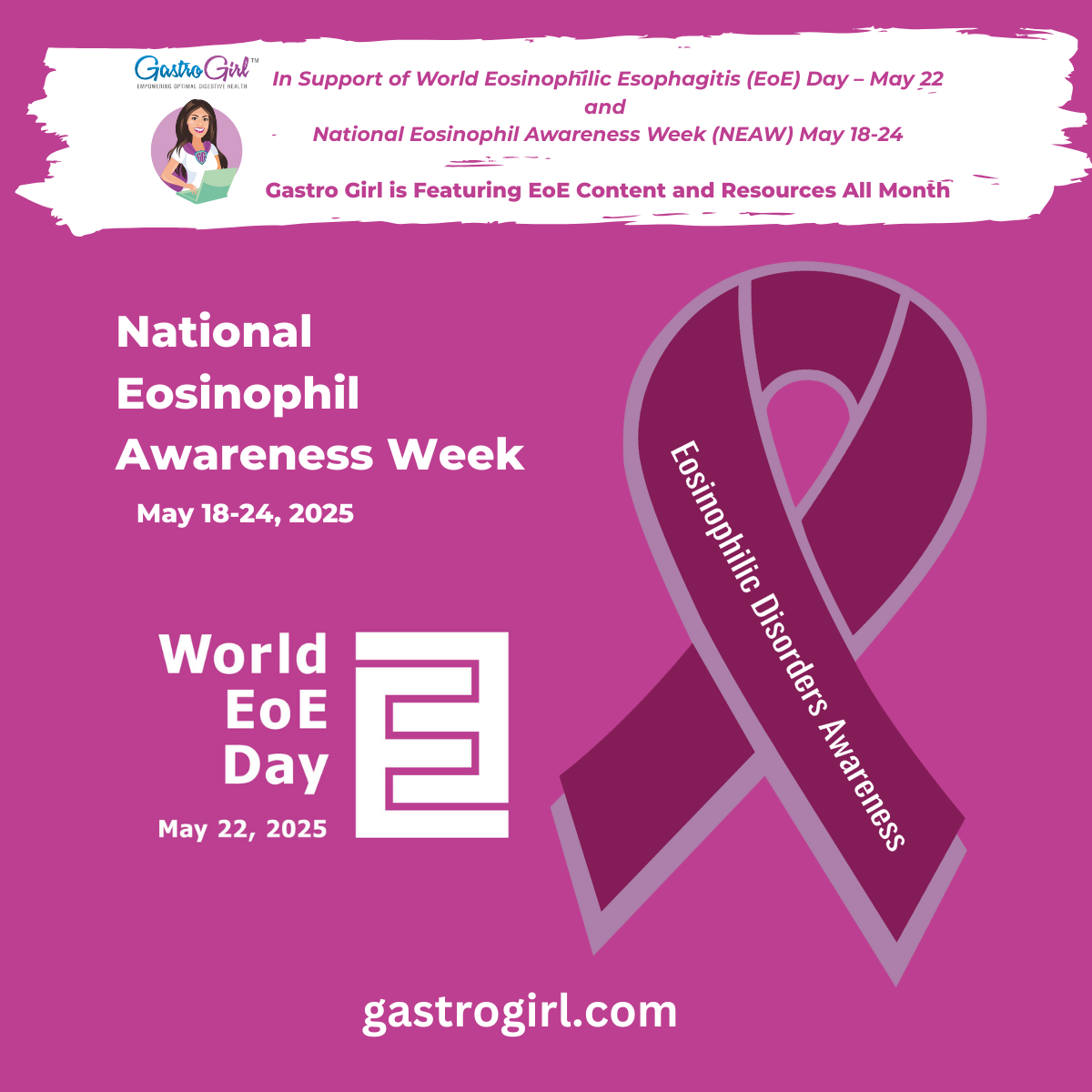Diagnostic Delay in Patients With Eosinophilic Esophagitis Has Not Changed Since the First Description 30 Years Ago: Diagnostic Delay in Eosinophilic Esophagitis
Abstract
INTRODUCTION:
Eosinophilic esophagitis (EoE) is a chronic progressive disease. Diagnostic delay (DD) is associated with increased risk of esophageal strictures and food impactions. We aimed to assess the evolution of DD since the first description of EoE in 1993 until 2021.
METHODS:
We analyzed data from patients prospectively included in the Swiss EoE database. DD was calculated as the time interval between the first occurrence of EoE symptoms and the confirmed diagnosis. DD was analyzed annually over time (1989–2021) and according to milestone publications in the field (1993: first description; 2007: first consensus recommendations; and 2011: updated consensus recommendations). In addition, a Cox proportional hazards model has been used to describe the relation between DD and covariates.
RESULTS:
Complete data of 1,152 patients (857 male [74%]; median age at diagnosis: 38 years, interquartile range: 28–49, range: 1–86) were analyzed. Overall, median DD was 4 years (interquartile range: 1–11, range, 0–56), with DD ≥ 10 years in 32% of the population. Over time, DD did not significantly change, neither annually nor according to release dates of milestone publications with a persistently stable fraction of roughly one-third of all patients with a DD of ≥10 years. Both ages at diagnosis (P < 0.001, with an increase in DD up to the age of 31–40 years) and at symptom onset (younger patients had a longer DD; P < 0.001) were significantly associated with DD.
CONCLUSION:
DD has not changed since the first description of EoE almost 30 years ago and remains substantial. Even today, one-third of patients have a persistently high DD of ≥10 years. Substantial efforts are warranted to increase awareness for EoE and its hallmark symptom, solid food dysphagia, as an age-independent red-flag symptom among healthcare professionals and presumably the general population alike to lower risk of long-term complications.
© 2022 by The American College of Gastroenterology
Murray, Fritz R. MD*,1; Kreienbuehl, Andrea S. MD*,1; Greuter, Thomas MD2; Nennstiel, Simon MD1; Safroneeva, Ekaterina PhD3; Saner, Catherine PhD2; Schindler, Valeria MD1; Schlag, Christoph MD1; Schoepfer, Alain M. MD2; Schreiner, Philipp MD1; Straumann, Alex MD1; Biedermann, Luc MD1
Listen to our
latest Podcast!







